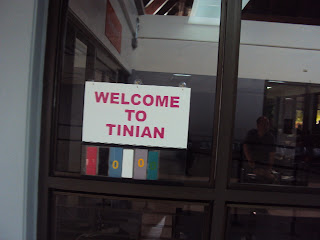As a physical therapist, I was only concerned in the motor skills of a baby,until one day,I realized that there should be more to just being the "motor guy" in an early intervention team. I changed my approach to a treatment session and now engaging the babies and kids I see to preliteracy skills(of course with consultation with other team members such as the EI teacher,speech and occupational therapist) while playing,stretching and positioning,etc. For now, I will talk about babbling as what I've learned from our Speech Therapist and EI teachers...
I always have my camera with me and always waiting for an opportunity to record Jaela, my baby babbling. My apologies for the background noise as we are in a restaurant and you can even hear my wife ordering our food and Jaela baby talking as what we sometimes call this.
Babbling is the first sign of language. This happens or emerges between 4.5- 6 months. During this time,babies are still experimenting with different sounds he or she has heard from the environment but with no recognizable words. It is also during this period that they have better control and coordination of upper and lower lips,tongue,and jaw.
In this video clip, Jaela is babbling in series or strings of consonant-vowel combinations(in this case "babababa" but could also be "mamama","dadadada").
What we can do? We can playfully imitate at the babble sounds she made earlier. We can also give our babies time to practice making those sounds when we hear them making babbles. I notice also with my experience with Jaela that she stops babbling alone when she hears our voice..
If babies are not vocalizing the consonants,meaning they are just saying "aah",we can encourage them to make "b" or "m" sounds by closing and opening babies lips when they are vocalizing.



























